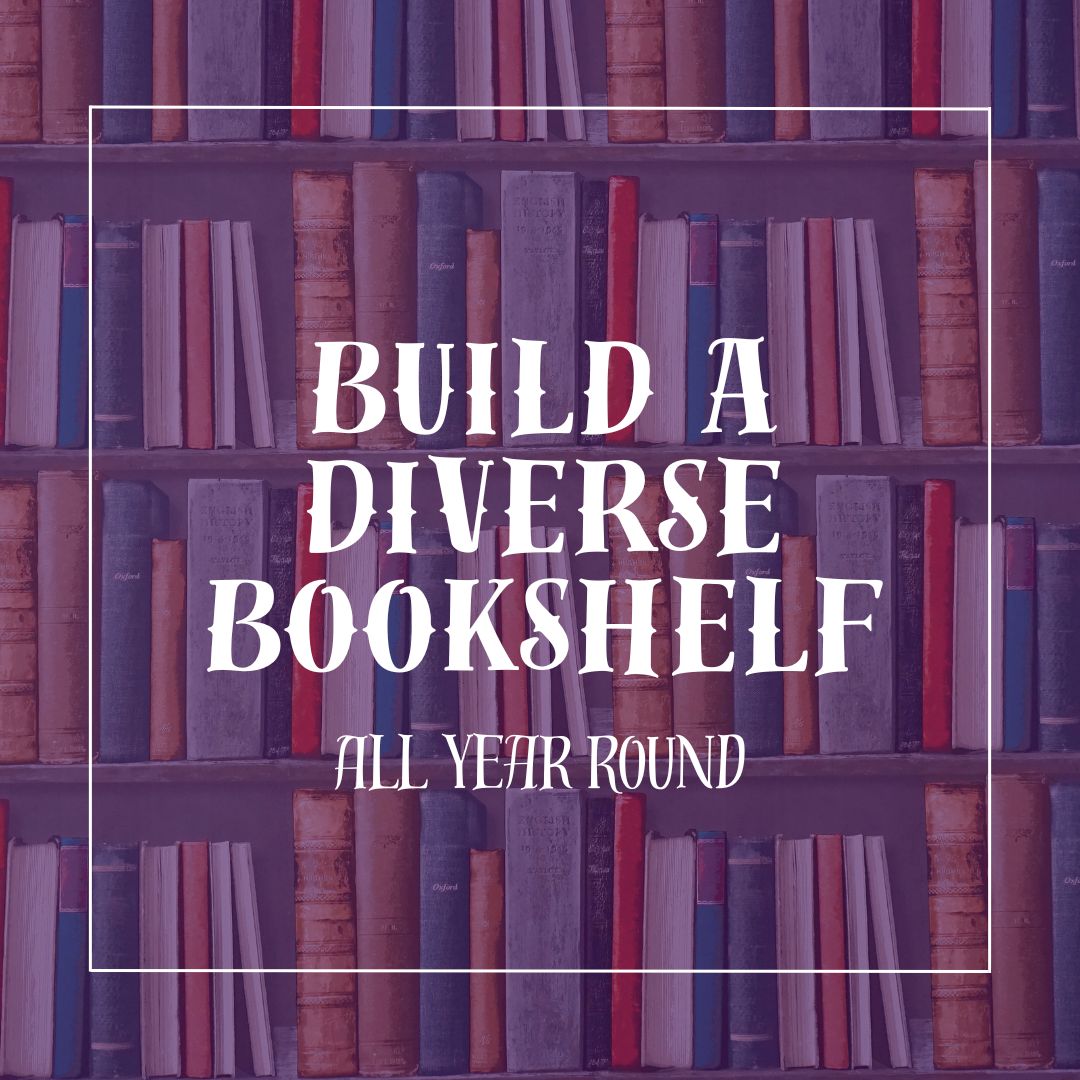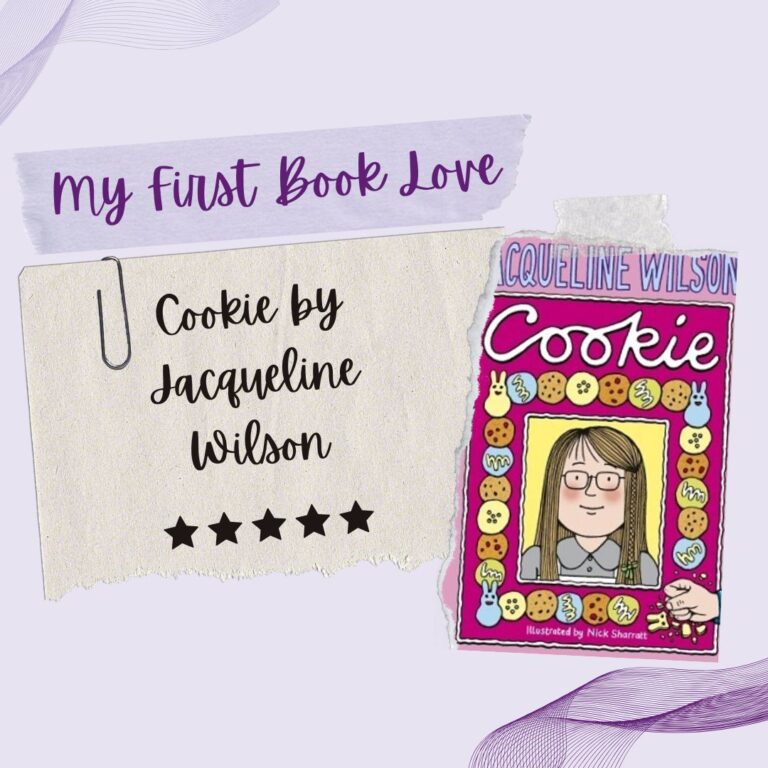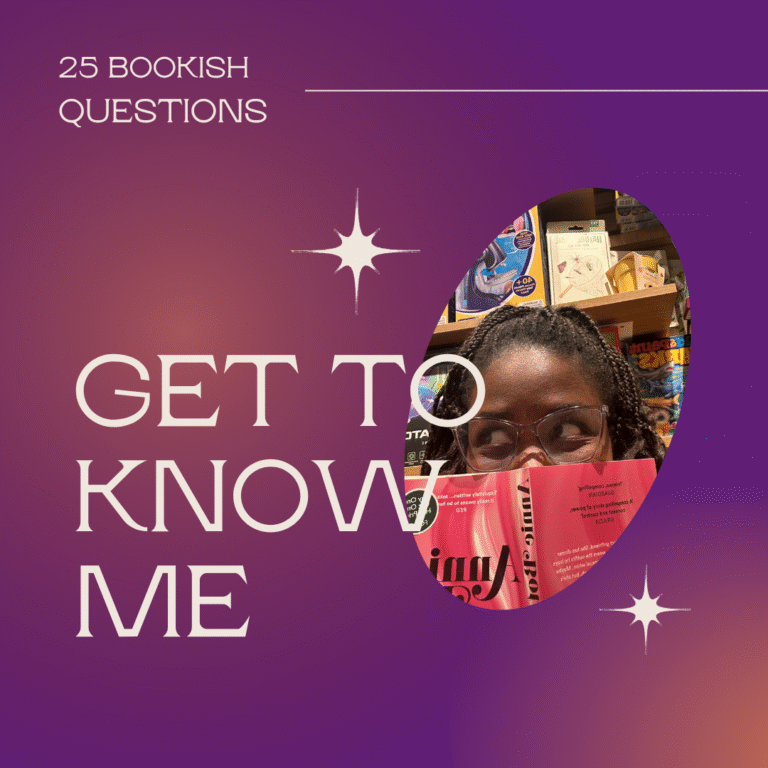Diverse Reading All Year Round Not Just in Designated Months
I’ve spent much of this month discussing Black stories and authors, particularly Black British ones, in honour of Black History Month. It felt important to highlight both established and emerging writers, ensuring their work is never overlooked or forgotten. As a Black woman, my identity naturally shapes everything I do on this blog. There isn’t a single month that passes without me featuring posts about Black authors, whether through book reviews, author spotlights, or reading reflections. At my core, I’m committed to reading Black stories in all their forms. And that means not just straightforward narratives, but stories that celebrate the full spectrum of Black experiences, because we are not a monolith.
That said, I also consider myself a truly diverse reader. For me, “diverse” isn’t limited to Black literature; it encompasses stories from writers across cultures and identities. I read works by Asian, Indian, and white authors, as well as LGBTQ+ and non-binary voices. I believe it’s vital to explore books that reflect the richness of the world around us, and to champion every author whose story deserves to be heard.
What Does a “Diverse Bookshelf” Mean?
First, let’s talk about what it really means to be a diverse reader. The world is full of a vast range of life experiences, from the stories we hear often, to the quieter voices that still struggle to be heard. As I’ve mentioned before, diversity isn’t just about Black representation for me (though many Black voices, especially those of women and LGBTQ+ people, continue to face barriers). It’s about engaging with stories that reflect different cultures, genders, sexualities, disabilities, and religions. It’s about broadening our understanding of the world and stepping beyond our own lived experiences.
I want to emphasise that diversity isn’t a tick-box exercise. It’s about deepening empathy and expanding perspective. I don’t read diversely simply for the sake of it; there’s no meaning in that. I read to learn, to connect, and to be open to worlds that differ from my own. Intersectionality also plays a key role in this journey. Many writers exist at the crossroads of multiple identities, offering layered, powerful insights that can challenge and enrich the way we see things. There is always more to learn, and that’s what makes diverse reading so rewarding.
I also want to stress that diverse reading doesn’t have to mean scholarly or award-winning literary fiction. If you’re someone who loves romance novels, you can still read diversely — explore love stories from different cultures and backgrounds. The same goes for fantasy readers: there’s a wealth of brilliant fantasy inspired by cultural mythologies from around the world. Whatever your preferred genre, there’s always space to broaden your bookshelf and discover new perspectives within it.
Step 1: Audit Your Current Bookshelf
So, how do you start diversifying your library? The first step is to take a step back and audit your bookshelf. Ask yourself: do you lean towards a certain type of book? Do you mostly read works by white or mainstream authors? Are you hesitant to explore stories from identities or backgrounds different to your own? Whose voices dominate your shelves?
If you’re unsure where to begin, try using ready-made book lists — platforms like Goodreads have hundreds of reading challenges dedicated to diversifying your reading palette. You might also find it easier to start within a genre you already enjoy, so it doesn’t feel like diving in at the deep end (unless you want to!). Remember, diversity doesn’t only exist in literary fiction; you can explore fantasy, crime, romance, and other genres written by authors from all walks of life.
Step 2: Read Beyond the Obvious
Next, try exploring beyond the obvious. Step away from the usual mainstream bestsellers and dig a little deeper. While self-published books can sometimes be a mixed bag in terms of quality, many indie authors and small publishers are producing exciting and original work.
Look for diverse book bloggers (like myself😝), podcasts, or even TikTok creators who focus on amplifying minority voices and stories. If you enjoy more critically acclaimed titles, delve into translated fiction and prize-winning works from around the world — they can open you up to perspectives and storytelling traditions you may never have encountered before.
Step 3: Put It into Practice
If you’re an active reader, consider setting yourself a themed reading plan — for example, dedicate one book each month to an author you’ve never read before, or to a writer from a different country. Reading around the world is a wonderful way to expand your horizons.
You might also think about joining a reading group or book club. When I joined one last year, it encouraged me to explore stories I’d previously overlooked or felt unsure about. Keeping a reading journal can also be helpful — jot down your thoughts, favourite quotes, and how each story has shaped or challenged your perspective.
Ultimately, this is about maintaining consistent curiosity — the desire to keep learning, questioning, and discovering.
Step 4: Make It a Year-Round Habit
It’s important to remember that diverse reading shouldn’t be seasonal or restricted to particular months of celebration. While events like Black History Month, Pride Month, or Disability History Month are wonderful opportunities to spotlight certain voices, the commitment to reading diversely should continue all year round.
The authors and stories we celebrate during these moments don’t stop being Black, queer, or disabled once the calendar moves on. Their stories remain vital, rich, and deeply human every single day of the year. So keep them on your radar — not just during their designated months.
Final Thoughts
I want to continue to emphasise that building a diverse bookshelf is an ongoing journey, not a one-time project. I’d love to recommend specific titles here, but really, that’s what my entire blog is about, so please do take some time to explore In Novel Company. While I focus primarily on Black women writers, I read and review a wide range of books from different backgrounds and genres, so you’ll find plenty of hidden gems across the blog. There are also so many incredible people out there doing the work to amplify their own communities — you simply have to take the time to find them.
I hope this post has offered a little food for thought. I often say that reading is a personal experience, and you should always read what you enjoy. I still stand by that, but I don’t believe in ignorance; the idea that one can only enjoy stories that mirror their own life is, frankly, a dangerous mindset. You’d be surprised by how much relatability and connection you can find in stories about people very different from yourself. After all, we are all human, and the emotions that bind us — love, pain, joy, hope — will always reign supreme.
Thank you for reading! See you next time.
Signed,




